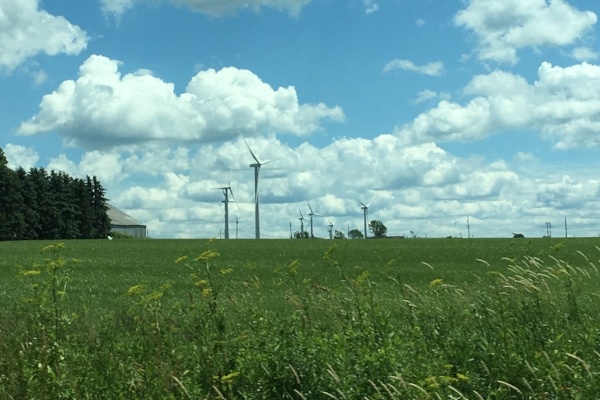As wind turbines age, project owners are faced with end of life decisions. Do you sell the assets, take plant end of life actions, or repower the site?
If repowering becomes a financially attractive option, do you tear down the existing turbine and replace it or do you take the partial repowering route and leave the existing tower and foundation of the project and replace the drivetrain and rotor? Regardless of which option is chosen, there is a gap from when plans are put into motion and when tear down construction begins. During this critical time period, which can last between 12 – 14 months, operators need to keep the turbines operational and producing revenue.
Partial repowering, which is a more common practice in the U.S. than in Europe, allows existing power projects to be uprated for an increase in energy production. Wind developers have been operating the existing turbines so they understand the operational and wind loads at the site. They can take this data and upgrade their drivetrain and rotor with technologies that reduce the machine loads, increase grid connectivity, and improve reliability. Simultaneously, they increase power capacity at lower costs and reduce permit barriers that are associated with full repowering and new greenfield projects.
The looming deadline to “begin construction” by December 31, 2016 to qualify for 100% of the PTC tax credit heightens the attractiveness of repowering. Beginning construction is a loose term as it can take more than a year before the new drivetrain and rotor is installed.
During this critical time, the existing turbines continue to operate and produce power, so it’s important to keep the turbines healthy and out of operational failure. Operators need to know which components are at risk for failure so that life extension actions can be taken to reduce the loads and prevent downtime.
Sentient Science is hosting a webinar on how we can help identify which turbines need predictive health maintenance to keep the turbines operational and generating revenue until it’s time for the drivetrain and rotors to be pulled down and replaced.
View a technical webinar recording to learn more detials.
